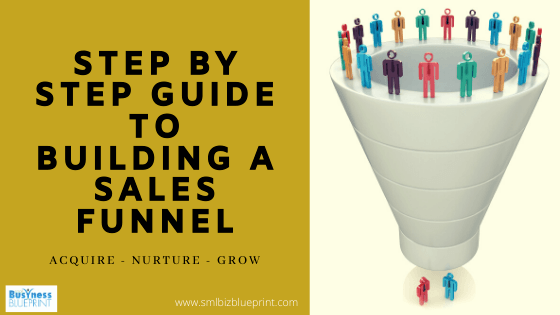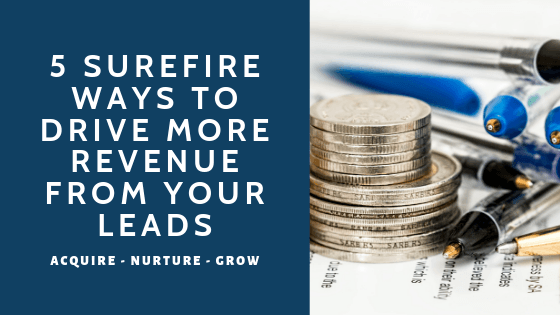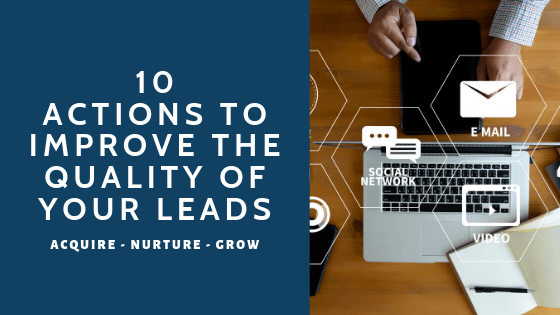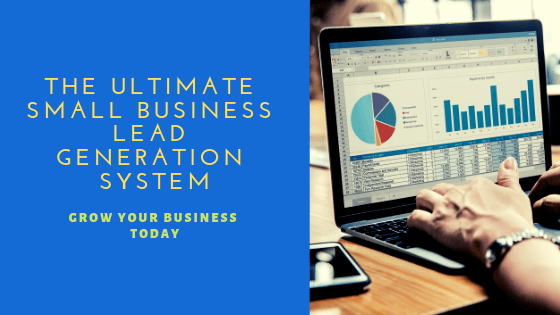A sales funnel is a marketing strategy designed to turn cold prospects into long-term customers by funneling them through five stages.
The funnel metaphor means you’ll begin with a large audience of prospective buyers that will eventually slim down to a smaller group of highly-targeted, high-value customers.
A sales funnel is a funnel that turns leads or prospects into sales or customers.
But if you are truly focussed on building a relationship with your customers then it will be so much more. The final goal is not to make a sale, at least not a single sale. Your goal is to create returning customers with life-time value.
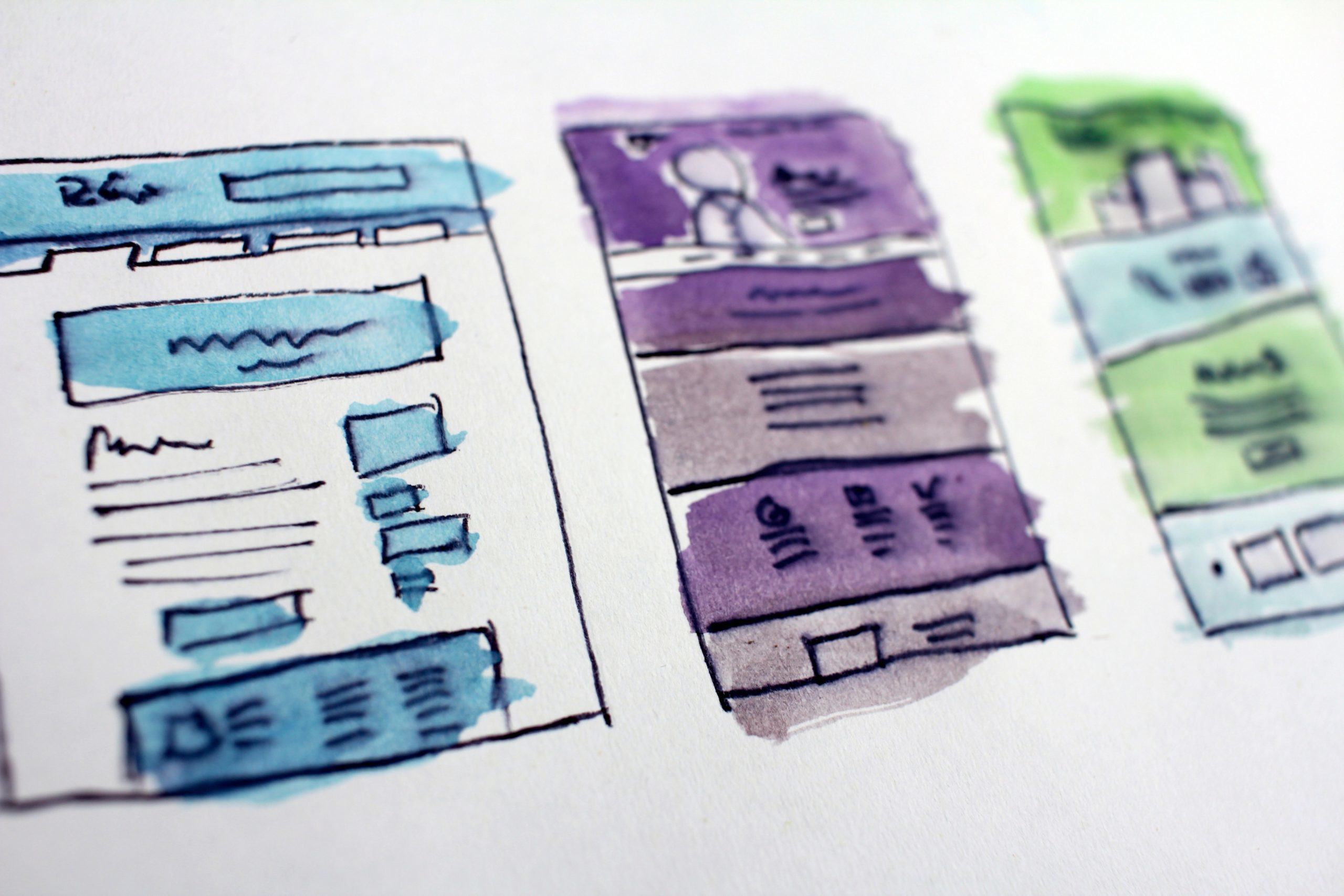
Breaking the buyer’s journey down into smaller steps allows you to be more precise abut how and when you present your offers.
For a small business owner, you may start with only one or two products. For a large B2B company, you may have numerous offers fueling lead generation and nurturing new leads through the sales funnel.
Sales funnels will work for any business:
-
87% of consumers choose to do business with vendors who provide valuable content at all stages of the buying process
-
63% of consumers need to hear a company’s value proposition(s) 3-5 times before they trust these claims
-
Nurtured leads make 47% larger purchases than non-nurtured prospects
Your sales funnel not only attracts leads, but it also builds trust, grows a list of leads and customers, builds relationships with your list, converts leads into customers, recoups your ad costs, offers your customers additional opportunities to work with you, and ascends customers along your sales pipeline.
But before you can do any of that, you have to have a lead first, and that’s what sales funnels do: they help you get leads or prospects.
Your sales funnel will have five simple parts:
- lead magnet,
- landing page,
- thank you page,
- sales page,
- and follow-up series.
Let’s examine the different parts of the sales funnel:

1. Lead Magnet: Attract Leads to Build Value
Put simply, a lead magnet is something you give away for free when someone gives
you his/her email address.
In theory, you’d create a lead magnet that would attract your ideal customer and provide value. powerful and valuable
2. Landing Page: Exchange Value to Build Email List
A landing page (previously called a squeeze page) is a website where you exchange your lead magnet for an email address.
You’re offering something valuable enough that your prospective customers
are willing to trade their email addresses for (understanding they will be contacted by you in the future.)
3. Thank You Page: Fulfill Promise, Build Trust
On the thank you page, you build trust with your prospective customers by giving them what you said you’d give them.
You fulfil on your promise.
4. Sales Page: Offer Product or Service to Build Customer List
After your leads have received value from you, they are more likely to do business with you.
This is the best time to offer a product or service to them on your sales page. Offering a product or service right away also helps you recoup your ad costs quickly and build your customer list.
5. Follow-Up Series: Communicate with List to Build Relationship
The last part of your sales funnel is where you send emails to your prospects after you have their address.
You not only provide valuable content for free in those emails, but you also offer products and services that you know will help your prospects such as checklists, guides, classes, information sessions.
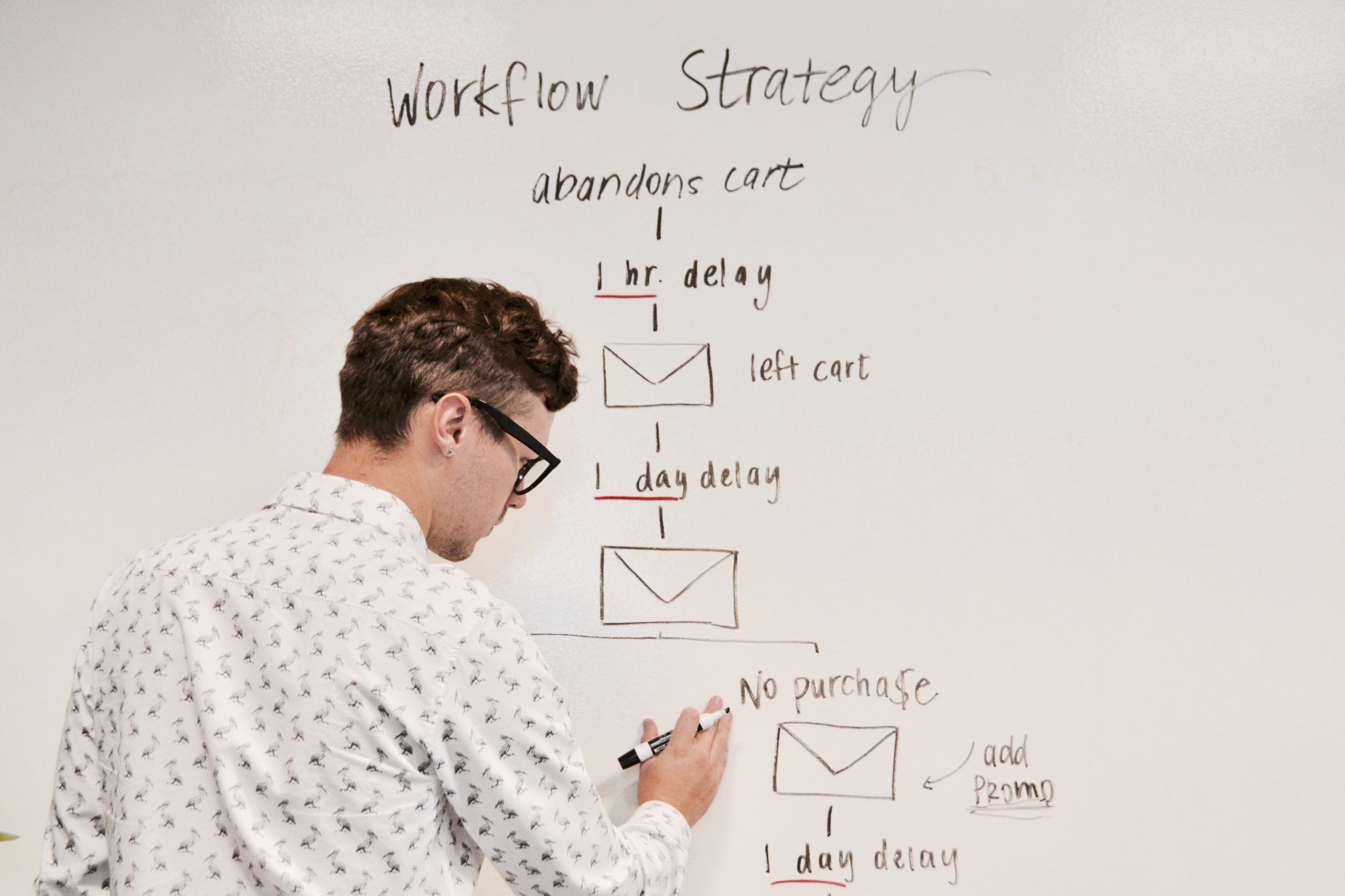
How to Build Your 5 Part Sales Funnel
Let’s spend some time to understand the thinking and process behind each stage of your sales funnel:
1. LEAD MAGNET:
Attract Leads to Build Value
Think of the word “lead magnet” for a minute. It literally means to attract your audience with something valuable and lead them to your destination, which, in your case, is to your email list.
Your audience will usually find you because they’re either struggling with a problem and are actively seeking out information, or they come across your information and realize your lead magnet speaks to them and they want more information
The reason we create lead magnets, though, is to build value for our prospects.
When they receive value from us for free, they’re more likely to seek out more information from us, meaning they’re more likely to trust us enough to buy from us.
Focus on Pain Points.
In life, people either move toward pleasure or away from pain, and this rules almost every decision they make.
Think about yourself for a second. Do you make most of your decisions trying to move toward pleasure?
Do you think to yourself, “I’m going to have six-pack abs and look amazing,” or “I want to get rich so I can fire my boss and buy a huge mansion.”
Or do you make your decision moving away from pain? Do you think to yourself, “I just hate my job, I want to get out of here. If I could make money, I could leave my job and get out of this pain,” or “I just want to eat healthier because I’m tired. I hate people making fun of me. I feel sick all the time.”
The majority of humans on this planet, by the way, make their decisions moving away from pain.
However, entrepreneurs usually make their decisions moving toward pleasure. So one of the biggest mistakes we make as entrepreneurs is assuming that everyone moves toward pleasure, and therefore our lead magnets focus on gaining pleasure, rather than escaping pain.
A big tip is to make lead magnets that focus on getting people out of pain because it’s one of the most powerful ways to bring people into your email list.
An example of this is someone seeking financial independence.
A moving towards person is seeking financial independence because of the amazing life it could give them. They think of all the positive things financial independence will give them such as travel, buying things etc.
A headline here would be: “Discover how to double your income in the next 90 days”
A moving away from person thinks entirely different. They are seeking financial independence because it takes away a headache. They may want financial independence because they don’t have so hard, they can leave the job they don’t like etc.
A headline here would be: “Get rid of your money problems, once and for all.”
2. LANDING PAGE:
Exchange Value to Build Email List
Now that we’ve got a good handle on what a lead magnet is, and why we need one,
let’s move on to the second part of our lead funnel: the landing page!
The landing page is the webpage where you will give something away (a lead magnet) in exchange for someone’s email address.
The Money Is in the List. To really appreciate the importance of a landing page, it’s crucial you understand marketing in business: the money is in the list. Plain and simple.
For whatever reason, most entrepreneurs think that the value of their business is in the product they created or even in themselves as the expert leader. But that’s not true.
The only actual asset inside of your business is your customer list.
If you look back at the history of big companies, you’ll see this time and time again. Think about when eBay purchased Skype, Facebook bought Instagram. Every time they were after the list of customers.
When you buy a business you are essentially buying the list of customers.
Everyone wants the list.
In every business, the list is the salable asset.

3. THANK YOU PAGE:
Fulfill on Promise to Build Trust
When someone puts in an email address to get your lead magnet, they’re usually
super excited to get it.
You promised them something in exchange for their email address, so now they want to receive that value. The worst thing you can do at this point is to do some sort of bait-and-switch where you say, “Buy this product and then I’ll give you what you wanted.”
Instead, do exactly what you said you would: give them the lead magnet. The thank-you page serves a two-fold purpose:
deliver the lead magnet (thereby building trust and providing value) and
offer your lead something to buy that will help them (thereby recouping your ad cost and building your list).
4. SALES PAGE:
Offer Product or Service to Build List
Those who see this sales-focused content have been pre-qualified (via your lead magnet offer) — meaning they should be interested in the premium product or service you have for them at this point.
That is, if you’re able to keep their attention and effectively communicate the true value of your offer. You can make this happen by optimizing the various elements of your squeeze page …
Copy — that is, the words themselves — needs to quickly communicate the value of your offer and prime your audience to take immediate action.
This can be done by adhering to the following checklist as you create your squeeze page copy:
- Let your brand personality come through (be a relatable character)
- Tailor the message to your audience
- Shorten sentences and paragraphs, but provide MORE depth
- Write at or below a 6th grade reading level
- Use bullet points or numbered lists
- Include a subheader or image every 200-300 words
In short: Speak directly to your target audience — and don’t over-complicate your message.

5. FOLLOW-UP FUNNEL:
Communicate with List to Build Relationship
As we mentioned before, your first goal is to build your email list, and your second goal is to build a relationship with the people on that list.
The way you do that is to continue communicating to your list. Back in the day, the only way to do that was via email.
Nowadays, you can communicate to your list with email, Facebook Messenger, text, and more!
Instead of having to write individual emails or messages to your list, you can set up your messages to be automatically sent with a tool
But what’s great is now you can create follow-up funnels that will automatically send your prospects the messages you want to send them, when you want to send them.
For instance, when people opt in for your lead magnet, they give you their email address, so your follow-up funnel would immediately send them their very first email with a download link for their lead magnet.
You could also add a link to subscribe to your podcast in that email as well.
In your follow-up email series, you can also choose to have different messages scheduled to be sent out in the future.
Perhaps two days later, they might get another email from you, and two days after that, they might get a text… You can add as many messages to be sent out as you like, and it will send them out automatically.
With Follow-Up Emails, you can also send out broadcasts to your list, so instead of scheduling a bunch of automated, pre-created emails, you can also write time-specific emails as well.
These emails might invite your prospects to an upcoming webinar, a product sale you’re having, or even an open house if you’re a local business.
For instance, if you spent $100 to get 100 leads, but only 5% of people bought your $10 product, then you would have spent $100 on ads and only made $50.
Your “thank you page offer” is not self-liquidating at that point, and you’re in the hole.
However, if you built a great follow-up email, your prospects would receive emails and texts and other messages with links to your podcast episodes, your Facebook Lives, your webinars, and any other awesome content you could send them.
Perhaps another 5% of those 100 leads would buy your product by day three because you built up more trust with them.
At that point, you would have spent $100 for the original leads, made $50 on your first offer, and made another $50 from your follow-up funnel. Your ad cost and revenue would cancel each other out, meaning you would break even on day three.
Everything that happens from that point forward with those leads would be pure profit. You can relax about being in the hole for a few days, because you
know you’re going to recoup the costs on day three.
From that point on, you don’t have to pay Google or Facebook to market to those same leads because they’re in your follow-up emails.
You just need to repeat the process to keep building your list with new leads and building your relationship with them!
Another way to view R.O.I. is to consider the average value of your leads.
If you average $1 per month per name on your list, then if you spent $3 to acquire a lead, you would break even on that lead in month three.
And that’s if you’re doing a poor job of communicating with your list. If, however, you
communicated regularly to your list and increased your average to $3 per month per name, you would break even after one month.
Every month after that is pure profit in your pockets.
There is the process on how you build a sales funnel.
Every business should have more than 1 sales funnel because you have different target markets or group of customers. You should be trying to introduce a number of different customers to your business.
Photos courtesy of:
Photo by Hal Gatewood on Unsplash
Photo by Brooke Lark on Unsplash
Photo by Kaleidico on Unsplash
Photo by JESHOOTS.COM on Unsplash

